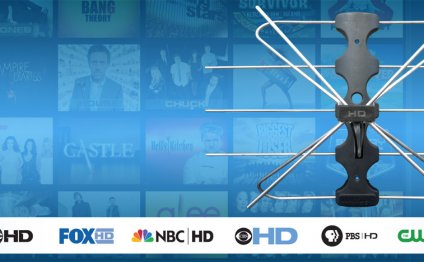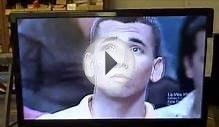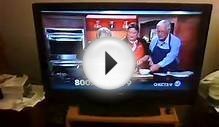
VHF vs UHF TV
Q: how do i collect throughout the Air (OTA) Digital and HDTV broadcasts?
A: There are currently three straight ways to grab the local stations:
- an across Air only electronic receiver which will stay tuned only the neighborhood networks. A unit with HD outputs can be purchased at any electronic devices chain for approximately $99-$199. One benefit to this will be you will have no month-to-month costs. Note: for $40 -$60, voucher eligible converter boxes will collect the HDTV signals and down convert them to 480I to become shown on an analog television.
- An HDTV with a built in OTA tuner. Note: All TVs made after 2007 must have an ATSC integrated. (in the event your TV states “HD prepared” it doesn't have an electronic tuner built-in).
- An HD satellite tuner. Both Dish Network and Direct television provide HDTV satellite receivers using over the air tuner built into the exact same product. The benefit of that way usually there is no need to work with separate gear to receive advanced HD communities like HBO HD and ShowTime HD. Also, the area and satellite stations can both be built-into this system guide, making it smooth for viewer whenever switching between regional and satellite. You'll need an over the air antenna (just like the ones we sell) plus the dish connected to the receiver. These receivers can cost from $199- $499 although with deals & offers it's possible to get all of them for much less. (Note: some DirecTV devices today require a separate ATSC tuning component)
Q: Are Digital Channels on UHF?
A: No, but at this time (just before June 2009), 91% of broadcasting DTV stations are on UHF. Some cities, such as Chicago and vegas have actually DTV programs on VHF including UHF. Even though many DTV channels are now occupying UHF broadcast stations, the program allows some broadcasters to go back to their particular initial VHF or UHF television stations once the change to DTV is total. After Summer of 2009: 74% of this DTV programs would be on UHF (14-51), 24percent would be on large VHF (7-13) much less than 2percent will likely be on reasonable VHF(2-6). For more information, kindly go to .
Q: just how is reception in distant or "fringe" areas? Can I get a fuzzy photo?
A: in terms of electronic tv, it's an "all or very little" proposition. When the sign is obtained, a reliable blast of data assures you will get an ideal image and great sound. If it little bit stream is interrupted, however, you will see absolutely nothing - simply a blank screen. In places with a lot of buildings or obstacles, multi-path distortion may cause a "cliff impact" to start working. The fix is to use a higher-gain antenna presuming the multi-path are tamed. Tasks are being done to determine the optimal designs for enhancing error modification in set-top receivers.
Q: Just how can analog television broadcasts and DTV contrast to each other?
A: There are many similarities. Both use VHF and UHF broadcast frequencies. While analog and electronic tv broadcasts have a modulated provider wave, the way that signal is modulated is completely different. Analog television utilizes an amplitude-modulated (have always been) sign for pictures and regularity modulation (FM) for audio, while DTV signals utilize digital "packets", to transfer images and audio.
The modulation system becoming useful for DTV in the usa is Eight amount Vestigial Sideband (8VSB). As Terrestrial Digital / HDTV broadcasts become more prominent, UHF antennas will play a bigger part considering that the most the HDTV/Digital station allocations are within the UHF regularity band.
Q: Getting VHF stations tend to be a problem for me personally. I get the rest good.
A: Many programs having reverted to VHF projects have actually dramatically reduce their transmitter power, in many cases by over 90per cent! Some channels mistakenly thought they might cut costs by cutting their power while attaining the same quantity of visitors. Various other cases the FCC imposed paid off power limits to stations that reverted for their old VHF projects being prevent interference with adjacent markets. There has been a misperception among some section owners that while significantly lowering DTV transmitter power, they could serve exactly the same protection area as analog, which features turned out to be incorrect. Numerous programs who have reverted returning to VHF are now actually finding themselves with significantly decreased protection places and less audiences after switching to VHF. Numerous channels recognizing their particular mistake have actually applied for greater energy projects (or UHF channel projects) from...
RELATED VIDEO



Share this Post
Related posts
Digital TV installation
Steps Set the converter package next to the tv in an unobstructed area. The converter field should be nearby the tv as it…
Read MoreAttic Antennas for digital TV
COMPLIMENTARY FOR LIFE ~ Never Spend Your Cable or Satellite For Television Again! You may get All regional crystal-clear…
Read More










